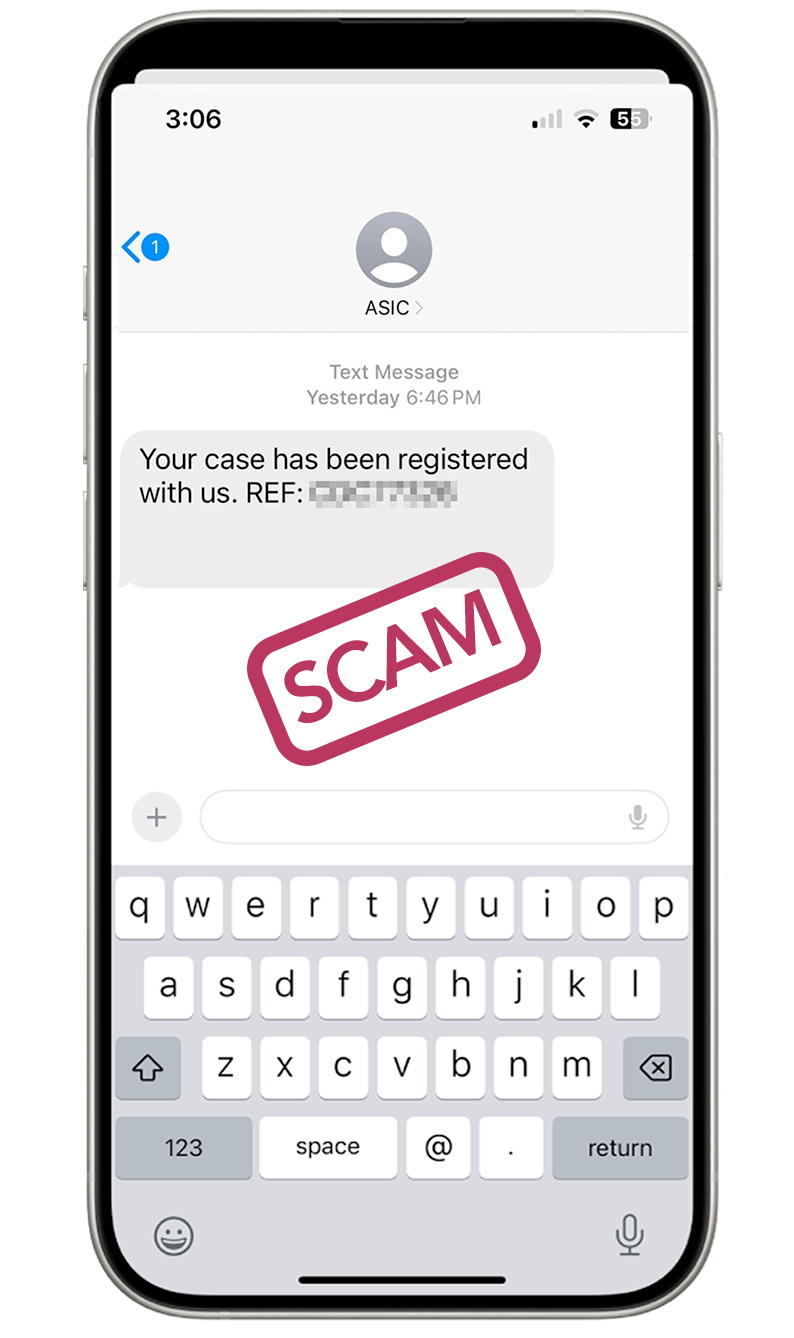

The Australian Securities and Investments Commission (ASIC) has issued a warning about scammers using “alpha tags” in text messages to masquerade as the regulatory authority.
This deceptive tactic involves labeling messages with the sender name “ASIC,” misleading recipients into believing they are in communication with the regulator. However, ASIC said that it does not send text messages using alpha tags.
Alpha tags are alphanumeric identifiers that replace phone numbers with names in text messages, giving the appearance that they are from a credible organisation, such as a bank or government agency.
While this feature lends authenticity, it is easily exploited by fraudsters to gain trust and trick individuals into divulging sensitive data.

Scammers employing this method are not only impersonating ASIC through texts but also via emails and forged documents.
ASIC has dedicated a webpage to educating the public on recognising these scams, including tips on distinguishing genuine communications from fraudulent ones, as well as providing updates on recent scam activities.
Despite a fall in overall scam losses and reports in 2024, continued vigilance and adaptation of defensive strategies are crucial to maintain and extend these gains against increasingly sophisticated scam operations.
To safeguard against these sophisticated scams, consider several proactive measures:
If you encounter a suspicious message, report it immediately to the impersonated organisation and your mobile service provider.
Looking ahead, the Australian Communications and Media Authority is developing an SMS Sender ID Register, set to launch by December, aimed at protecting consumers from such impersonation scams.
Remember the critical steps if you suspect a scam:
These measures are crucial in defending against the increasing sophistication of scammers and ensuring the security of your personal and financial information.
Read the ASIC announcement.
